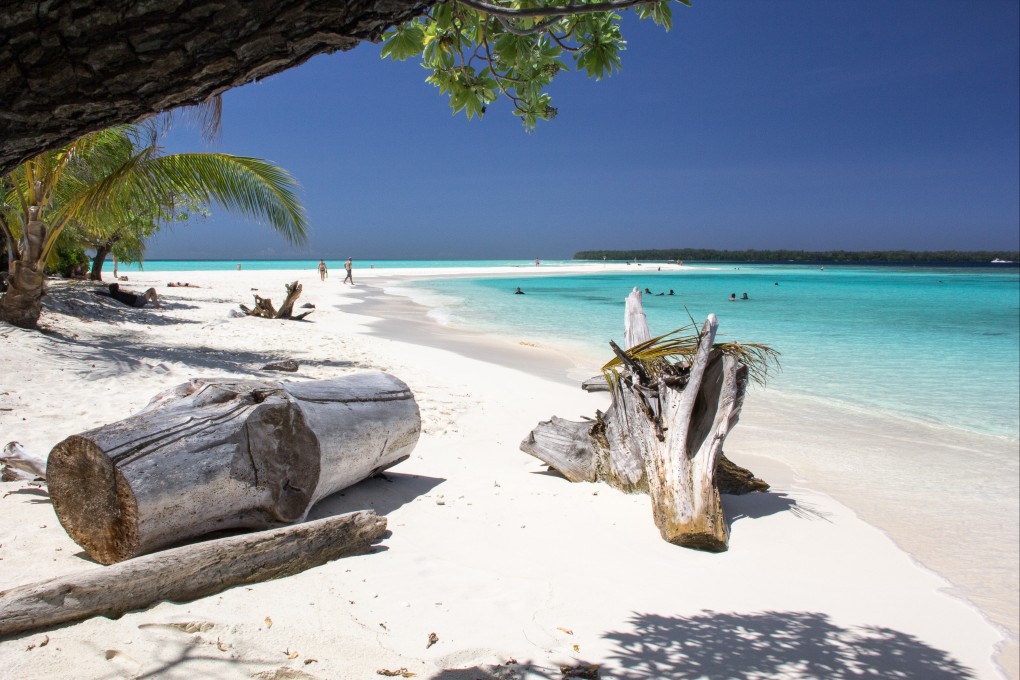US$25 million for your own private island chain of 21 pristine islands, but only conservationists need apply
- Buyers of Ian Gowrie-Smith’s private atoll in Papua New Guinea must show care for the islands and maintain conservation activities, but will anyone cough up?

“I remember the first time I came here, thinking, this is the most beautiful place I have ever seen,” says Australian multimillionaire Ian Gowrie-Smith of the day, 20 years ago, when he decided to buy the Conflict Group of 21 uninhabited islands surrounding a deepwater lagoon in a remote corner of Papua New Guinea (PNG). “It was an impulse buy because, like a lot of people, I always had a hankering to own tropical islands.”
Each of the 21 islands is ringed by powder-white sand and capped with jungle, teeming with butterflies, tropical orchids and PNG’s fabled birds of paradise. Yet the Conflict Group’s greatest bounty is found not above but below the gin-clear waterline, where highways of brightly coloured fish, manta rays and schools of blacktip reef sharks pulse around vibrant coral gardens.
A 2003 report by Conservation International notes the reefs here are home to 418 scleractinian (stony coral) species – which account for more than half of all known coral species on Earth – in addition to 954 species of molluscs and 798 species of pelagic fish, which swim in the open ocean away from the shore. On land, the Conflict Group is an important nesting place for the endangered hawksbill and green sea turtles.
This almost unprecedented ecological wealth is attributed to the fact that so few people have ever lived here. The first documented human presence dates back to 1895, when Sir Henry Wickham – the bombastic British explorer who fathered the worldwide rubber boom by smuggling 70,000 rubber seeds out of Brazil – signed a colonial lease on the atoll for £1 per year.

Back then, writes Pulitzer-nominated historian Joe Jackson, the Milne Bay area where the Conflict Group is located was a place of “appalling roughness and disrupted character [where] tribal warfare and cannibalism were not only part of life but a central part of some tribes’ religion”.
This mattered not to Wickham, who, dreaming of a carefree island life and the spoils of the South Pacific, spent a decade on the Conflicts stumbling from one hare-brained venture to the next: farming sea sponges, harvesting the Chinese aphrodisiac bêche-de-mer, breeding oysters for mother-of-pearl shells and poaching sea turtles.
